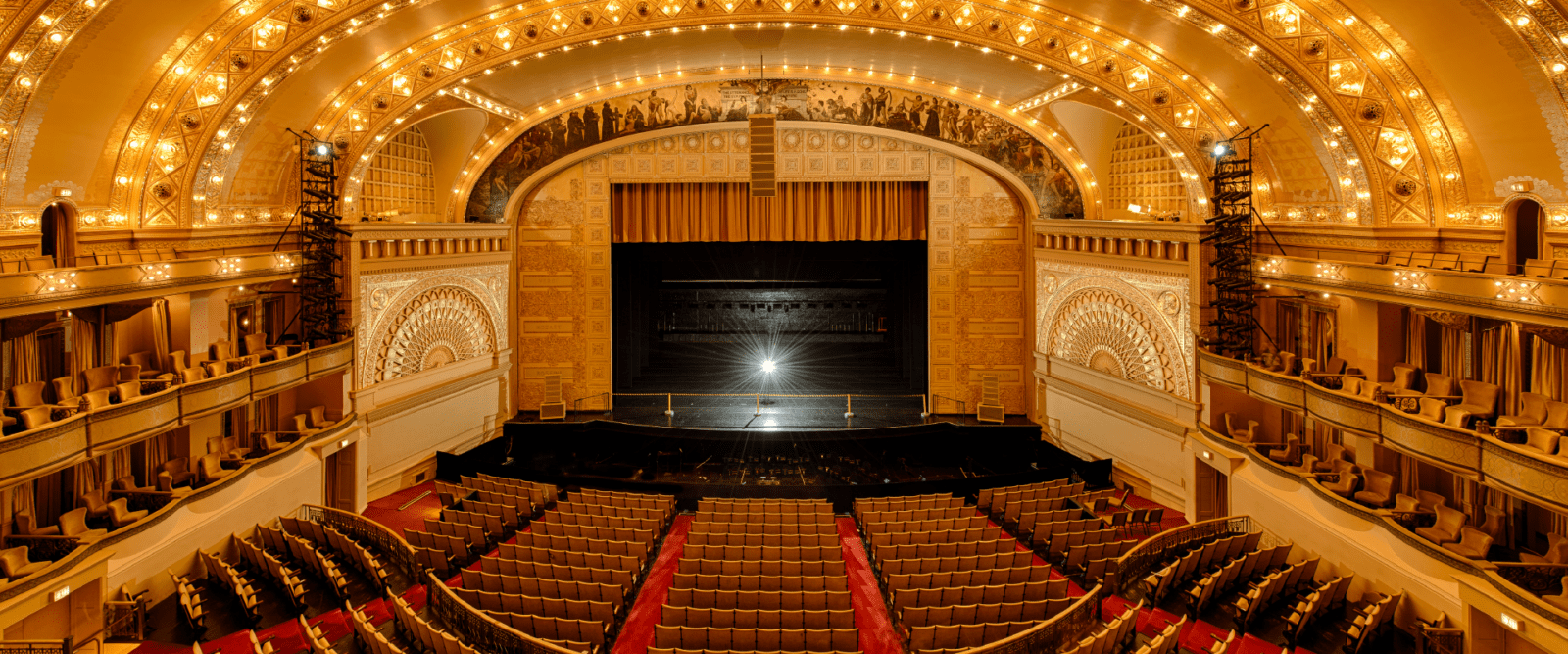

For those of us working in the arts & culture sector in Chicago, there has been no shortage of bad news lately (see exhibits A, B, and C). We can intuitively understand that the sector is navigating a very difficult time, but SMU DataArts and DCASE’s recent research study adds important empirical data to what we feel in our day-to-day work. There is much to unpack in the study, but here I’d like to focus on one jarring takeaway from the 2019-2022 data: donors are still contributing the same share of budget as they did prior to the pandemic, but those budgets are lower than prior to the pandemic. Without a greater level of support, a return to the pre-COVID level of programming will be unsustainable, especially amidst increasing costs due to inflation and other factors.
This gloomy takeaway might be easy to miss – after all, contributed revenue as a percentage of expenses is up 30% over 4 years, and ROI on fundraising is up an astounding 231% (with an average of $6.01 raised per dollar spent)! But those increases are due largely to public support, which increased an average of 219% from 2019 to 2022 and will assuredly not continue at that level this year and beyond.
Our firm is deeply grateful for our partnerships with a significant number of organizations whose data is included in this study. We can confirm that they are finding it hard to renew or upgrade those donors who aren’t crossing the threshold into the organization’s space. As a result, we have analyzed engagement since the pandemic in order to prioritize the cultivation of donors who may be more ready to step up. We can also confirm that they have found mounting exhibitions and productions to be much more costly, so we have partnered to rework case messaging and funding priorities to emphasize the gravity of the moment while also highlighting the beauty and life-giving energy that draws all of us to work in this sector. We are proud to walk this journey with each and every one of them.
Silver linings in the report may seem hard to find, but they are there for BIPOC-centered and small-sized organizations. BIPOC-centered organizations show a 46% increase in individual contributions during the period studied, which supported the hiring of additional staff, including many more artists. Hopefully, some of these staff are focused on building the capacity of their organization to sustain that level of contribution into the future. And though foundation funding declined by 9% in real dollars or 21% in inflation-adjusted dollars overall, organizations with budgets less than $150,000 saw a 59% increase in foundation funding, aligned with publicly announced shifts (e.g. this one) in funding strategy in recent years.
I will continue to process this excellent study, especially alongside what I know to be the bright spots that some of our clients are experiencing in this very fluid moment. Please feel free to reach out for more discussion, and in the meantime – go buy a ticket to something!